Welcome to the Urban Forestry Revolution
 Thursday, November 19, 2015 at 10:22AM
Thursday, November 19, 2015 at 10:22AM 
It’s easy to miss the turn into Carolina Urban Lumber. A modest sign and a narrow break in the hedge are the only indication that a sawmill is there. Parking is an afterthought and trucks and trailers tango at the entrance as visitors come and go. Inside an armada of color-coded logs – some that weigh several thousand pounds - float in the mud and wait for their turn at one of two beefy industrial saws.
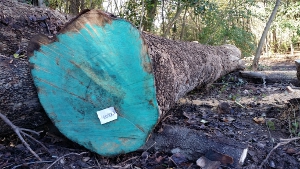
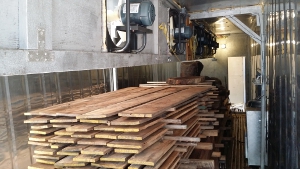
Milled boards are neatly stacked and dried in an onsite kiln. It’s a little surprising to find a sawmill in the shadow of the light rail south line, but it’s cleverly carved out of a wooded lot just behind Heartwood Tree Company, and perfectly positioned for a steady supply of poplar, oak, cedar and other urban logs.

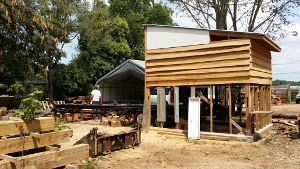
Carolina Urban Lumber and other urban sawmills are at the forefront of a new urban forestry movement in this country, and the premise is simple: Plan the urban tree canopy so that when trees must be felled – from disease, damage, or development - the lumber can be harvested, and live on as premium new wood products like cabinets, flooring, or furniture. Until recently, when urban logs were felled they were often unceremoniously hauled to local landfills – at a hefty expense to both tree companies and local government. Urban sawmills like Carolina Urban Lumber are changing that by giving tree companies a place to deliver logs at no cost, and milling the logs into premium quality lumber that is sold in the local marketplace.
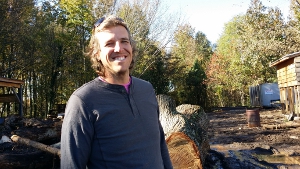

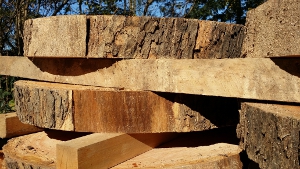
Carolina Urban Lumber owner Damon Barron is tall with clear blue eyes and a smile that could melt a glacier. He’s always happy to talk trees. “Every urban tree has a story to tell.” He explains, motioning to a colossal Deodar Cedar log revealing decades of growth rings. “This tree was once the second tallest tree in the city of Charlotte.It was felled to clear a site for new construction in Myers Park, and the property owner asked us to mill it into beams for the new structure."
"Lumber from this log will also be used to make a barn door, coffered ceiling, and a writing desk in the owner's new addition,” he adds.
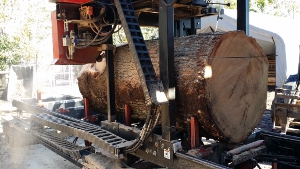
Not every urban log has a story this unique, but they all have a story to tell. And because Carolina urban Lumber is a Treecycle America certified mill, every tree that enters the mill will receive a Tree ID number. This unique number tracks the journey of each log, from the time it’s felled until the lumber reaches consumers as new wood products. The Tree ID number branded on an oak table, for example, gives the table’s new owner a chance to know and share in the story of the tree from which it came.
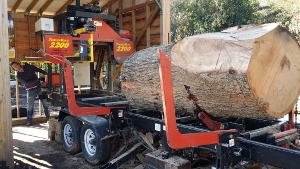
With the confident ease of a 7th grader playing Call of Duty, Damon controls the hydraulic equipment that positions an enormous red oak log on the mill. This tree was recently felled in Charlotte, but it’ll give an encore performance as beams for a crane mount in a warehouse Uptown. Scrap pieces around the outside of the log can be chopped up and sold as firewood, and in the end, every part of the tree is will be used in some way.
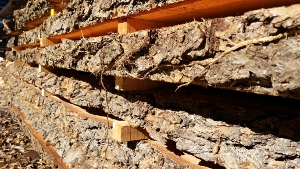
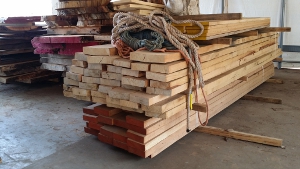
As the urban forestry movement grows, what was once a waste burden will become a valuable resource for local communities. A large white oak felled by an ice storm - whose mammoth branches were climbed by generations of small hands – will live on as heirloom furniture for future generations.
A stand of yellow pine trees felled to make way for a new transit line will be recycled into comfortable benches for waiting passengers.
A grove of Red Cedar trees cut down for construction of a new elementary school, is milled into boards and framing lumber for their garden program’s raised garden beds and greenhouse.
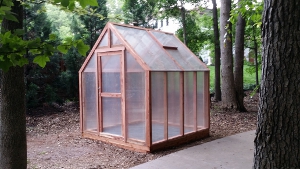
Don’t be fooled by the understated entrance and lack of parking. An urban forestry revolution is happening at Carolina Urban Lumber and other TCA certified mills around the country.
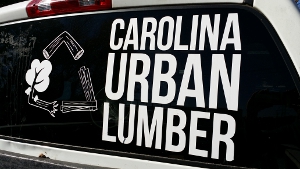








Reader Comments